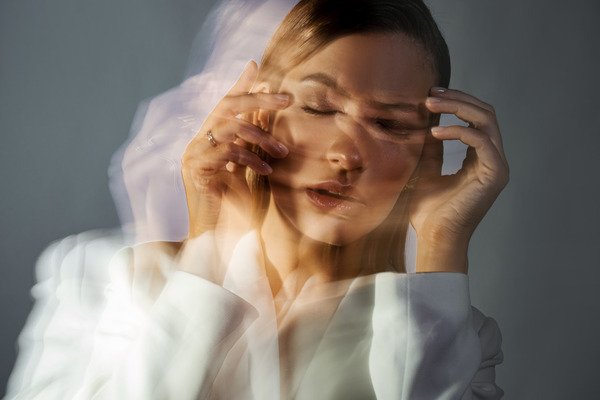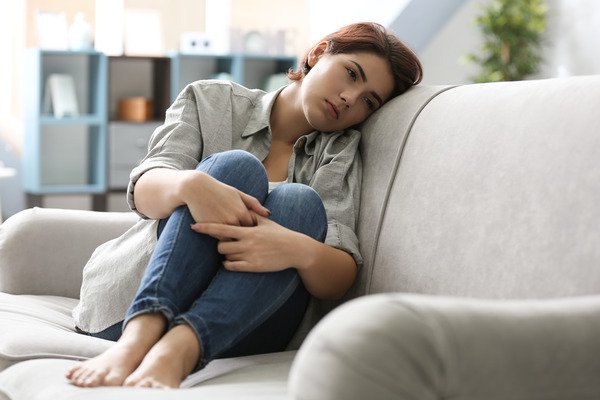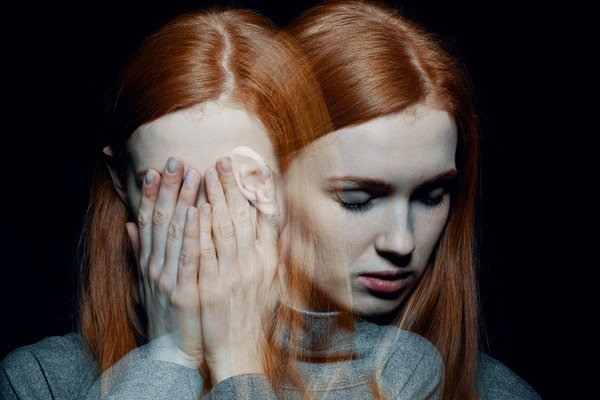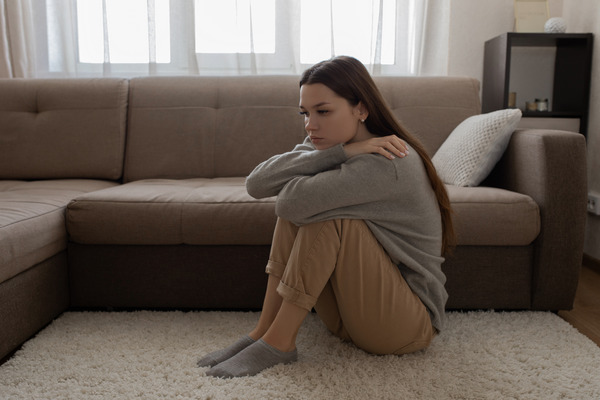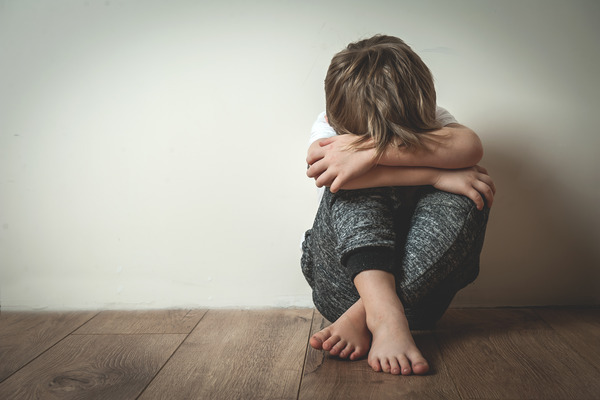Bipolar disorder has different forms of presentation, one of them is bipolar disorder type II. Enter and discover what it is and the importance of its treatment.
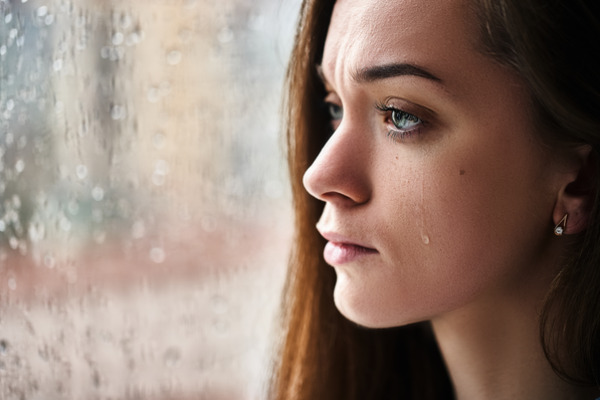
We usually use the word bipolarity either bipolar person to refer to someone who changes their mood quickly, who appears different in the same situation. However, bipolarity is not a specific mood change but rather constitutes a psychological disorder that has a great impact on the lives of people who suffer from it, being one of the disorders with the highest risk of suicide.
Bipolar disorder has also been known as manic-depressive disorder affective psychosis or bipolar depression and currently, the DSM-5 (Diagnostic and Statistical Manual of Mental Disorders) classifies it into different types such as bipolar I disorder, bipolar II disorder, cyclothymic disorder, among others. But… What is bipolar disorder type II and what symptoms does it entail? Read on to discover more about this disorder.
What is bipolar disorder type II?
He bipolar II disorder (either bipolar 2 disorder ), therefore, as we have already mentioned, it constitutes a diagnostic subtype of bipolar disorder. This subtype is characterized by presenting episodes in which the person presents depressive symptoms alternating with hypomanic episodes. Hypomanic episodes are specific periods of at least four days in which the person has an elevated mood or is easily irritated, has more energy than usual, has feelings of grandeur, etc.
He bipolar disorder type 2 It usually begins in adolescence and throughout adulthood, with the average age of onset being 20 years old. Normally, it usually begins with episodes of major depression, so sometimes people with this disorder are initially diagnosed with a depressive disorder until they have a hypomanic episode. On the other hand, bipolar II disorder is considered chronic, although its severity varies depending on the number of symptoms that occur, their intensity, as well as the discomfort it generates. Although we may think that what most affects people who suffer from it are hypomanic episodes, the reality is that episodes of major depression are more persistent and disabling, causing great discomfort on a daily basis.
What are your symptoms?
According to the DSM-5, for a person to meet the diagnostic criteria for bipolar II disorder they must meet two general criteria. The first is that you have suffered or are currently suffering from an episode of major depression and the second is that you have a current episode of hypomania or have had one in the past.
Hypomanic episode:
Hypomanic episodes are periods in which the person has an elevated or irritable mood and is accompanied by an abnormal increase in activity or energy that cannot be explained by the effect of a drug. To consider that a person has a hypomanic episode, the symptoms must be present for at least four consecutive days and for most of the day. Specifically, at least 3 symptoms must be met if the person has an elevated mood or 4 if the person has a state in which irritability predominates:
- Self-esteem: There is an increase in self-esteem and may present feelings of greatness (exaggerating some personal abilities, believing that they are unique and/or special, etc.).
- Dream: The person may feel tired but do not feel the need to sleep or sleep very few hours and already feel that they have had enough rest.
- Language: You can see very hurried and active language. Compared to his usual state, the person seems too talkative.
- Thought: The person feels that their thoughts are going at great speed, which causes them to change topics abruptly without any logic.
- Attention: It is difficult for him to maintain attention, he is easily distracted by stimuli that may be totally irrelevant.
- Increased activity: The person appears agitated and does more activities compared to their “normal” state.
- Participation in dangerous activities: You may engage in activities that may have negative consequences. In fact, many people with hypomanic episodes can go on a rampant shopping spree, have risky sex, make reckless money investments, etc.

Major depressive episode:
For the diagnosis of a major depressive episode, a series of symptoms must have been present for at least two weeks, it must represent a significant change in the functioning of the person suffering from it and cannot be explained by a physical illness. Furthermore, in order to make the diagnosis, one of the symptoms must be a loss of interest or pleasure or a sad mood. The symptoms are:
- Sadness: You feel sad, hopeless, and/or empty most of the day. In the case of children and/or adolescents, this mood can be irritable.
- Interest: The person stops experiencing pleasure from those things that previously generated pleasure.
- Weight: A change occurs that does not correspond to any diet to lose or gain weight. Both an increase and a decrease in appetite and, therefore, weight can be observed.
- Dream: A change in the sleep pattern is generated either because the person has difficulty sleeping (insomnia) or because they are sleepy most of the day (hypersomnia).
- Energy: People with episodes of major depression may feel excessive fatigue or a loss of energy. This may be accompanied by slow motor movements or subjective sensations of restlessness.
- Feelings of worthlessness or guilt: The person feels guilty and/or worthless most days and that guilt is not focused solely on complaints or reproaches for having depression.
- Concentration: The person has difficulty concentrating and making decisions.
- Thoughts related to death: Any episode of depression can be accompanied by recurrent suicidal ideation without a specific plan, suicide attempts or specific plans to carry it out.
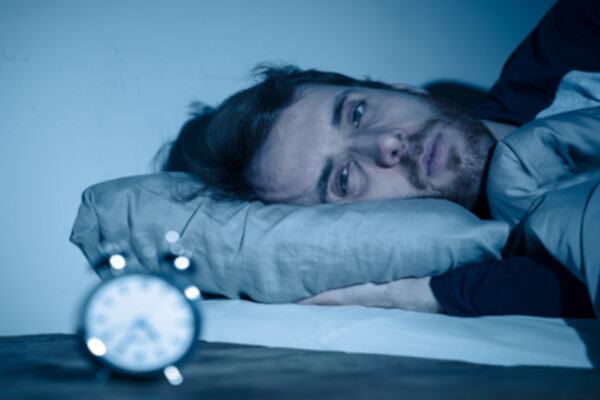
Treatment:
As we have already mentioned, bipolar disorder in general can be very disabling for the person who suffers from it and can lead to problems carrying out daily activities. Although there is currently no psychological or pharmacological treatment that can cure bipolar disorder, intervention can greatly improve the symptoms and, therefore, the well-being of the person who suffers from it. The treatment of bipolar disorder (regardless of the type) usually combines pharmacological treatment and psychological treatment:
Pharmacotherapy:
A wide variety of psychotropic drugs have been used for the treatment of bipolar disorder. The best known is lithium, which, although it has been shown to be effective in the treatment of symptoms, is sometimes, erroneously, conceived as the cure for this disorder. However, currently there is no intervention available that involves the total cure of the person who suffers from it. Usually, the little psychoeducation that is offered to the patient about his disorder ends up causing non-compliance with medication because the patient does not obtain the results that he believed he would obtain.
Psychological treatment:
There are several types of therapies that have been found to be effective in the treatment of bipolar disorder:
- Cognitive-behavioral therapy: The objective of this therapy is to modify, on the one hand, the dysfunctional beliefs that the patient has in relation to himself and the disorder and, on the other, to work on personal skills to improve the patient’s involvement in his treatment.
- Family therapy and marital therapy: People are social beings and it is obvious that our environment can positively or negatively influence our emotions, thoughts and behaviors. In the case of suffering from a psychological disorder, this becomes a fundamental aspect since there are family members who can react aggressively or hostilely when the person presents hypomanic or depressive episodes. That is why this therapy focuses on modifying the dynamics that can harm the person suffering from bipolar disorder.
- Interpersonal therapy: Interpersonal therapy is individual and is used when the person does not want to carry out the therapy mentioned above or because the person lives alone. Generally speaking, this therapy focuses on interpersonal relationships and establishing healthy habits related to sleep. It focuses on this last aspect because it has been shown that sleep regulation positively influences mood and improves the symptoms of this disorder.
Bipolar disorder requires psychological care so that the person can improve their quality of life and emotional well-being. If you think you have symptoms similar to those mentioned, it is important that you seek professional help so that a psychologist can determine a diagnosis and jointly plan the most appropriate treatment for you.

